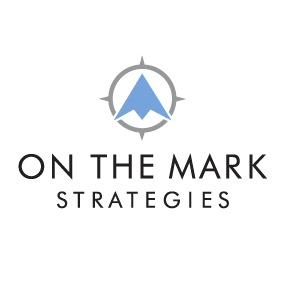“The next time you are heading out the door, pause at the mirror and make sure that what you see reflects your purpose and value.” --Amy Spiegel
Nothing stirs up a good fight in your credit union like a discussion regarding the dress code. If you want to kill a meeting or talk endlessly about a topic, then all you have to say is “dress code.”
But as we teach our clients: branding touches everything. Including your dress code. How your employees answer the phone matters. How your restrooms smell matters. And yes, how your employees dress matters as well.
Your dress code can absolutely derail your brand. Talk to any H.R. professional or a manager and more than likely they’ve had to have a conversation (or two or twenty) with an employee who pushes the envelope regarding what to wear to work. Think jeans, flip flops and all sorts of other options!
The best way to deal with the dress code? Tie it back to your brand.
Here are some dress code tips when it comes to your brand:
- Consider your niches—Are your target consumers more like factory workers or office workers? One principle to keep in mind is that your dress code should mirror your members/customers. A blue collar worker will more than likely feel uncomfortable (or even intimidated) talking about their financial situation with someone in a suit. When one of our clients went through a rebranding process recently, they actually went “down” in their dress code. Prior to their brand refresh employees dressed in business attire. However, one of their main targets were rural farmers and workers who often came to the branch in faded and worn-out jeans. Thus, they went not just to business casual but nice jeans and logo wear. After the change many of their members commented about how much more relatable the credit union employees were.
- Consider your employees—Your employees are your brand ambassadors. So it’s important to seek their input regarding the dress code. Of course, you must balance their suggestions with your organization’s sense of professionalism. There is a huge difference between business casual and Home Depot casual! Most employees will probably want to wear jeans. If you don’t feel comfortable with that approach, can you offer one jeans day or tie wearing jeans to some type of charity? As you are considering your employees, examine if there is a different dress code between executives and the rest of the financial institution. For example, at some organizations, the “C-Suite” wears suits while front-line staff are more casual. That actually can send the wrong message to staff and create a gap between management and everyone else.
- Consider your brand message—What is your vision, what are your core values and what is your tagline? If you had to communicate those key elements with what you wear, how would you do that? Some financial institutions are now adopting logo wear as the standard requirement for all employees all the time. There are pros and cons with this approach. The pro is that the “uniform” approach means everyone is always “on brand”; the con is it takes away some individuality (think robots and everyone looks the same). If you do go with logo wear as a dress code requirement, then also be prepared for the added expense of providing attire for your employees.
There is no right or wrong way to do your dress code. You can take an all business approach with coats, ties and dresses. You can take a business casual approach with khakis, slacks and dress shirts. You take a casual approach with jeans.
So what should your dress code be? It should match your brand.








